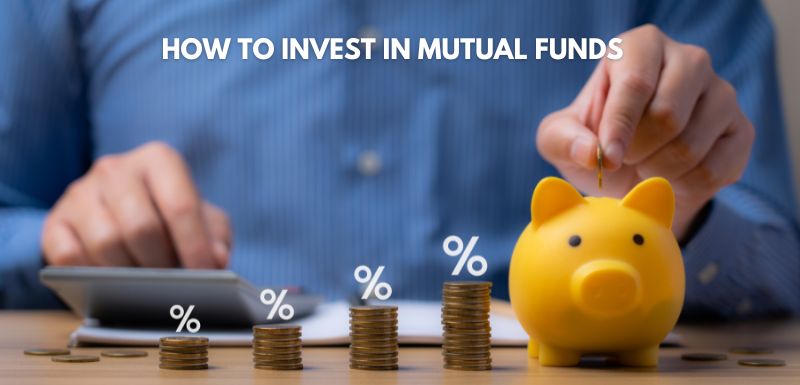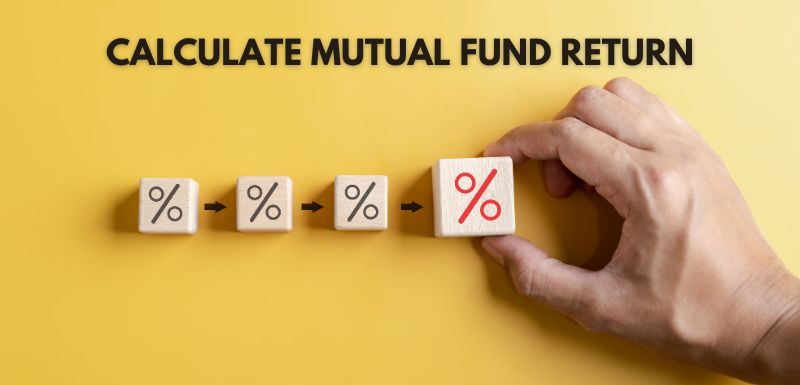
The 3 rules of Mutual Fund Investments for FY 18-19
Over the years, Mutual Fund Investments have emerged as the top choice for smart investors who are not averse to taking a measured degree of risk in pursuit of achieving better real returns than traditional investments. For long term Wealth Creation, “Mutual Funds Sahi Hai!”.
That said, it’s a proven fact that most investors, in fact, end up earning far lower returns than those published on research websites. The explanation for this peculiar phenomenon is the dangerous “behaviour gap” in returns, which is essentially the loss of profit that arises from succumbing to your behavioural pitfalls and taking regrettable investment decisions in the process. Here are three simple rules for making Mutual Fund investments in FY 2018-19.
Keep Your SIP’s Running Resolutely
Most Equity Mutual Fund SIP investors who began their journeys in the past 6-9 months are sitting on flat to negative returns right now. But it would be a grave mistake to stop your SIP’s because of this, with the intent of restarting them ‘when things get better’. SIP’s work best when you keep them running resolutely, come hell or high water. In fact, it is the natural rhythms and volatilities of the markets that benefit SIP’s the most. By taking matters in your own hands, you’ll be reducing your chances of generating long term inflation-beating returns from your SIP investments. Remember – Mutual Funds Sahi Hai, but when it comes to SIP’s – discipline zaroori hai!
If You’re Investing a Lump Sum, Think Your Asset Allocation Through
There are times when you should be overweight (read: heavily invested into) equity mutual funds, and there are times that call for a more cautious approach. Presently, it is the latter approach that would benefit lump sum investors the most, as the dynamics of lump sum investing are altogether different from Mutual Fund SIP Investments. With equity market valuations at stretched levels, corporate earnings not quite picking up momentum, and the general elections around the corner, it would be imprudent to allocate 100% of your moneys to equity mutual fund investments simply because they performed well in 2017. Sticking to an asset allocation that included 40% to 60% to debt mutual funds will hold you in good stead over the next couple of years.
Make Smart Use of STP’s (Systematic Transfer Plans)
If you’ve understood the risks involved and are still keen to invest into equity mutual funds at current levels and valuations, make use of STP’s (Systematic Transfer Plans) to enter thee funds, instead of investing lump sums of money. Ideally, you may like to stagger your equity mutual fund investment over a 24-month period and hold on to your investment for a further 3-4 years thereafter. Doing this would allow you to cash in on the inevitable volatility that we’re due to witness over the next 12-18 months, while ensuring that you’re not betting all your funds on a single point in the stock market cycles.
Your Investing Experts
Relevant Articles
How to Invest in Mutual Funds: Tips for Building a Balanced Portfolio
Mutual funds are one of the most versatile financial products to help you achieve your financial goals. They can help you diversify across various asset classes, such as domestic and international equities, fixed income, gold, etc. Some of them, like hybrid and multi-asset funds can help to build a diversified portfolio by investing in multiple asset classes through a single scheme. They allow you to make lumpsum and regular investments through SIP. Thus, mutual funds can cater to different investors with different schemes based on their requirements. In this article, we will understand how to invest in mutual funds and how to build a balanced portfolio through them.
ETF vs Actively Managed Mutual Funds: Key Differences Every Investor Should Know
When investing in mutual funds, investors can choose from schemes that can give market returns (benchmark index) or have the potential to outperform the market. Passive schemes, including index funds and exchange-traded funds (ETFs), provide returns that mirror the benchmark. Active schemes have the potential to outperform the benchmark. Many investors wonder whether to choose ETF or mutual fund. In this article, we will understand what are mutual funds and ETFs, their differences, and which is better: ETF or mutual fund.
How are Mutual Fund Returns Calculated?
We invest in financial products to achieve our financial goals. Based on factors like how much we want to invest, for how long, and the target amount, it is the expected returns that help us understand whether we can achieve our goal. The returns can be measured using different ways like absolute returns, compounded annual growth rate (CAGR), etc. In this article, we will understand what is absolute return, CAGR, how they are calculated, and which one you should use.


